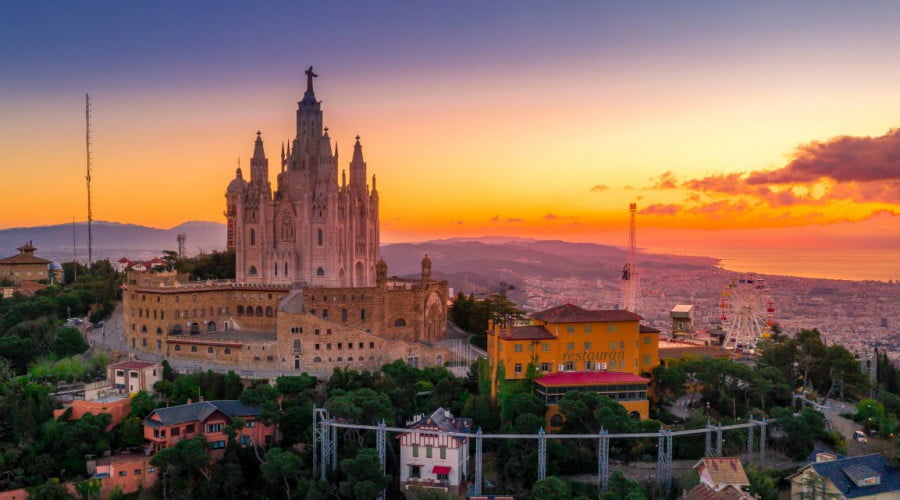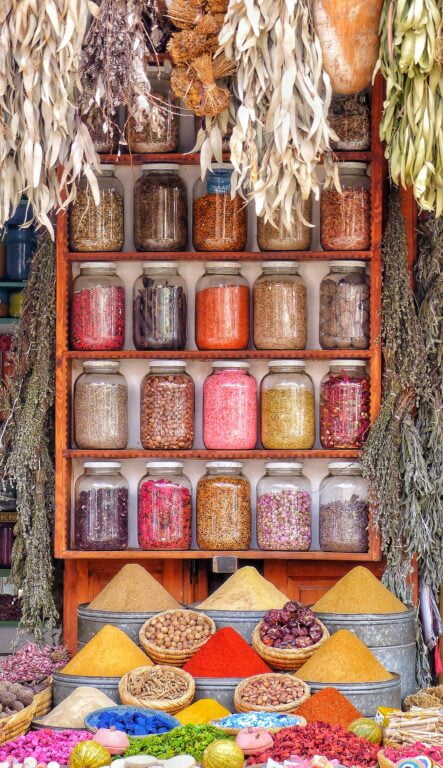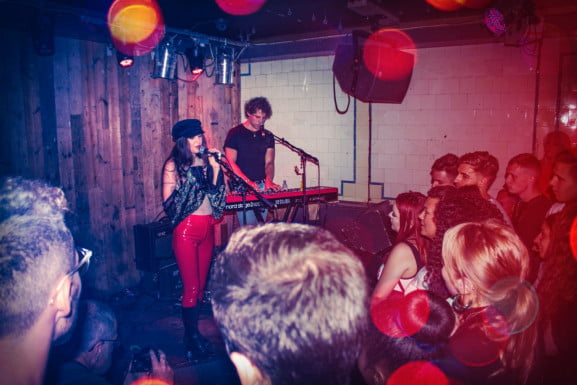La Monumental Barcelona’s Famous Bull Fighting Ring
A Melting Pot of Cultures and Timeframes
Various elements of history merge with art elements and innovative factors to form Barcelona’s tapestry. The streets carry past historical narratives while they tambour between former periods along with present contemporary life.
La Monumental: A Chronicle of Traditions and Change
The structure known officially as Plaza de Toros Monumental de Barcelona but commonly called La Monumental serves as more than simply a historic structure because it captures Catalonian cultural events since their shifts over time. The place that was once defined by bullfighting noise now exists as a permanent time marker because it shares past stories with the current world.
Catalonian Culture: A Unique Blend of Past and Present
Anyone who visits Barcelona will discover that the city provides an unforgettable vacation thanks to its architectural masterpieces including the Sagrada Família and the active Las Ramblas district. The authentic answer lies within La Monumental so people can gain exclusive insight into the core values of Catalonia. Travelers discover a world of fascinating significance between every Barcelona building as they explore throughout the city because every place in Barcelona offers something special.
Architectural Marvel of 1914
Time has preserved La Monumental as an Art Nouveau homage after the establishment’s final bullfighting event in 2011 following which the external Moorish wall decoration revealed intricate tile patterns forming a geometric visual harmony. Its construction represents the creative movement that defined the period while carrying out its functional purpose. The bullring attracts numerous visitors who use its premises as a photogenic location to represent Barcelona’s passionate essence.
Manuel Joaquim Raspall i Mayol the architect who designed La Monumental first intended to create La Plaza de Sport. During his reign as a pioneering architect of the early 20th century Raspall i Mayol integrated the design elements of Modernist, Noucentista (Catalan for Art Nouveau) together with Art Deco to create La Monumental.
Beyond Bullfighting: La Monumental’s Versatility
La Monumental has achieved eternal recognition beyond its role as a bullfighting arena. The venue has hosted the musical greatness of famous performers such as the Beatles and Bob Marley together with the Rolling Stones from key periods of its history. After Catalonia enacted its ban on bullfighting in 2012 La Monumental continued its operation by hosting a wide range of events. The building represents to Hemingway fans specific aspects of his writing that appear in “The Sun Also Rises” and “Death in the Afternoon.” La Monumental found its artistic inspiration in alignment with Spanish bullfighting traditions which Ernest Hemingway conveyed through his writing style and descriptions of Spanish culture.
Modern visitors can experience the historical allure of this site.
Current visitors to La Monumental can experience a complete historical exploration of the site. People visiting La Monumental may feel an authentic link to history while walking between seating areas and seeing bull enclosures and visiting the historical arena. Visitors to the bullfighting museum can explore its vast collection of 18th-century costumes and elegant bullfighting posters because it is positioned above the stable complex. The accessibility improves through multilingual descriptions which includes English language content. La Monumental is strategically situated next to the Sagrada Família Basilica allowing easy access to visitors because of its outstanding location. Certified tour guides working in Berlin can deliver in-depth information about historical sites to visitors interested in this field.
Exploring Gran Via
The bustling Gran Via, Catalonia’s longest street, beckons travelers with a myriad of attractions. The street contains fantastic sights beyond its main attractions of La Monumental and Sagrada Família including the Noucentista Font de Diana and the traditional els Encants Vells flea market. The shopping centers combined with theaters and food establishments in Gran Via attract visitors through 200 operational venues. Visitors to this area can explore the Picasso Museum together with Aquarium Barcelona and Parc de la Ciutadella which ensure that their heart and soul will stay enchanted throughout their stay.
Barcelona gains its depth from its historical narratives while it builds its path toward modern days
The city of Barcelona embraces its historical heritage just as other establishment cities do while integrating it throughout all periods of present and future existence. People automatically compare Barcelona to Berlin because the latter became a vibrant center of art and innovation after enduring a difficult past. People in such cities keep their history alive by combining its celebration with their present activities and hopes for the future.
Beyond La Monumental: A Symphony of Senses
After crossing the majestic walls of La Monumental Barcelona reveals itself through various intertwining layers. The colorful and animated market environment at La Boqueria resembles the festive open-air markets of Berlin. Modernist masterpieces decorate the urban environment in addition to maintaining stories which crave someone to listen.
A Journey Through Time and Imagination
Evening in Barcelona brings an enchanting transformation of the city. Visitors and locals at the Magic Fountain of Montjuïc witness the spectacle of music and lights and water created through a magical spectacle that captivates everyone who sees it. At this time of shared wonder we feel like onlookers of the Berlin TV Tower sunset as time itself freezes in place.
Living a city fully requires exploring its streets along with tasting its regional foods alongside hearing its local stories and joining in its existing beat. Urban vitality derives its essence from artistic movements which flourish in Barcelona and Berlin alike.
Concluding Footsteps
All travelers want to encounter an experience which goes beyond language barriers while deeply touching their hearts. The setting sun at La Monumental leaves an enduring impression that connects individuals with Barcelona’s heritage along with human heritage in general. Every person worldwide discovers themselves in the stories we tell and our historical accounts and artistic output together with our life goals.
Table of Contents



